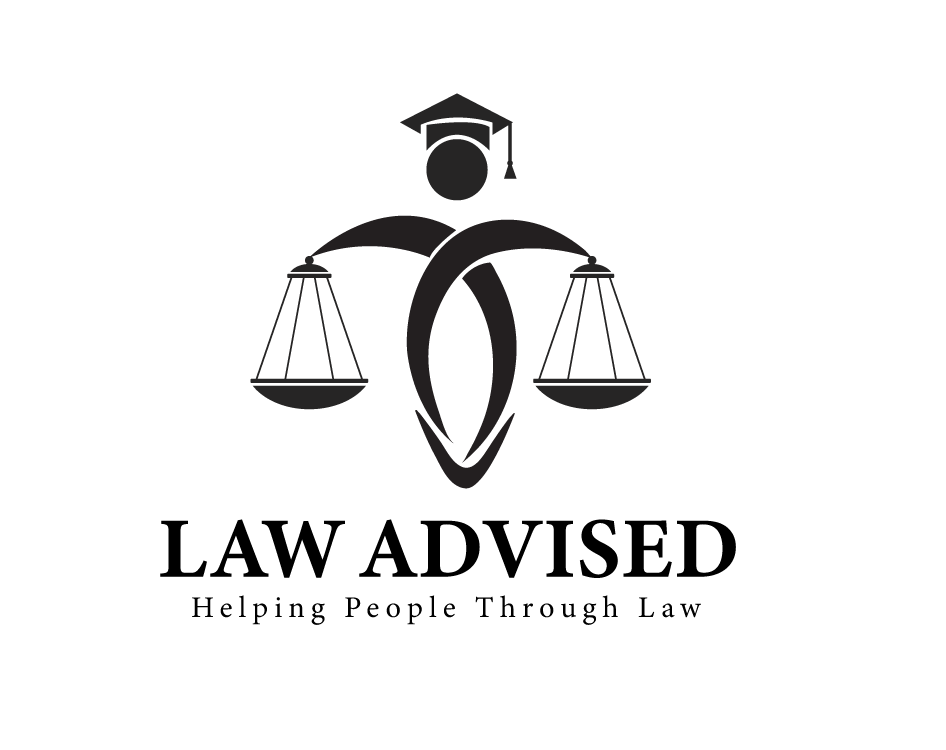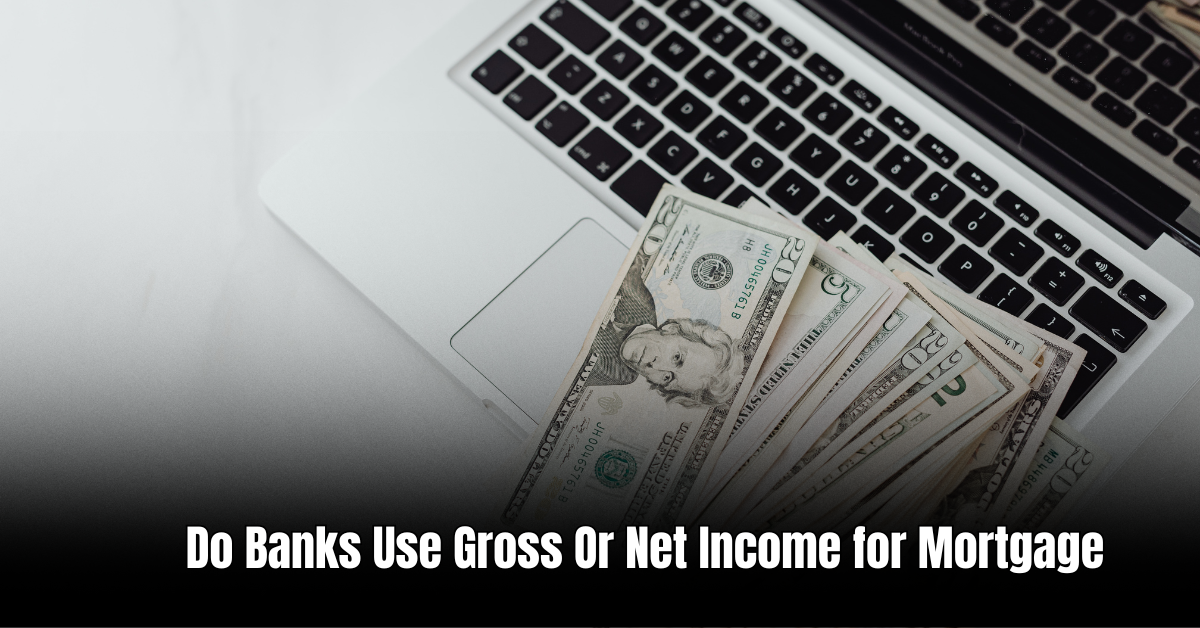When you take out a mortgage to buy a home, it’s important to understand how your monthly payments are distributed. A mortgage payment typically consists of various components, including principal, interest, taxes, and insurance. In this article, we will focus on how much of your mortgage payment goes toward reducing the principal balance of your loan.
The Basics: Principal and Interest
The principal amount is the original loan amount you borrowed from the lender. It represents the actual cost of the home. Interest, on the other hand, is the cost of borrowing money from the lender. It is calculated based on the interest rate and the remaining balance of your loan.
When you make your monthly mortgage payment, a portion of it is applied towards the principal balance, while the remaining portion is allocated to interest. In the early years of your loan, the bulk of your payment goes towards interest. As you continue making payments, the proportion allocated to principal gradually increases.
| Payment Number | Principal | Interest |
|---|---|---|
| 1 | $200 | $800 |
| 2 | $250 | $750 |
| 3 | $300 | $700 |
As demonstrated in the table above, the principal portion gradually increases while the interest portion decreases over time. This shift occurs because the interest is calculated based on the remaining balance, which decreases with each payment.
Amortization Schedule
An amortization schedule is a table that provides a detailed breakdown of each mortgage payment over the life of the loan. It shows the amount allocated to both principal and interest for each payment, as well as the remaining balance after each payment.
Having an amortization schedule can help you understand how your mortgage payment affects the principal balance. It allows you to see how much equity you are building in your home over time and how quickly you will pay off your loan.
Furthermore, an amortization schedule can be useful when considering refinancing options or making additional principal payments. By reviewing the schedule, you can determine the impact of different scenarios on your loan term and overall interest payments.
Factors Affecting Principal Payments
While the general rule is that your principal payments increase over time, there are certain factors that can affect this allocation:
- Loan Term: Shorter loan terms, such as 15 years, typically result in higher monthly payments but allocate more towards the principal compared to longer-term loans.
- Interest Rate: Lower interest rates mean less interest accruing on your loan balance, allowing more of your payment to go toward the principal.
- Loan Balance: The size of your loan balance affects the amount of interest charged. Generally, the higher the balance, the higher the interest, which can decrease the principal allocation.
Building Equity and Paying Off Your Mortgage
As you make your mortgage payments and the principal balance decreases, you are building equity in your home. Equity represents the difference between the current market value of your home and what you owe on your mortgage.
Building equity is important because it allows you to tap into that value in the future. Whether it’s for a major renovation, funding higher education, or preparing for retirement, having equity in your home provides financial flexibility.
Furthermore, paying off your mortgage completely is often a long-term financial goal for homeowners. When the principal balance reaches $0, you own your home outright, and your mortgage payments cease. Eliminating mortgage debt can significantly improve your financial situation and increase your disposable income.
In Conclusion
Understanding how much of your mortgage payment goes towards principal is crucial for both short-term financial planning and long-term goals. As you continue making payments, the impact on your principal balance becomes more significant, building equity and getting you closer to paying off your mortgage.
By familiarizing yourself with an amortization schedule and considering factors that affect principal payments, you can make informed decisions about your mortgage and take steps towards achieving financial freedom.
Frequently Asked Questions Of How Much Of Your Mortgage Payment Goes To Principal : Learn The Truth Today
How Much Of Your Mortgage Payment Goes To Principal?
Your mortgage payment represents a portion that goes towards the principal, which is the amount you borrowed to purchase your home. It varies over time, with more going towards principal as you make payments.
Ismail Hossain is the founder of Law Advised. He is an Divorce, Separation, marriage lawyer. Follow him.




Leave a Reply